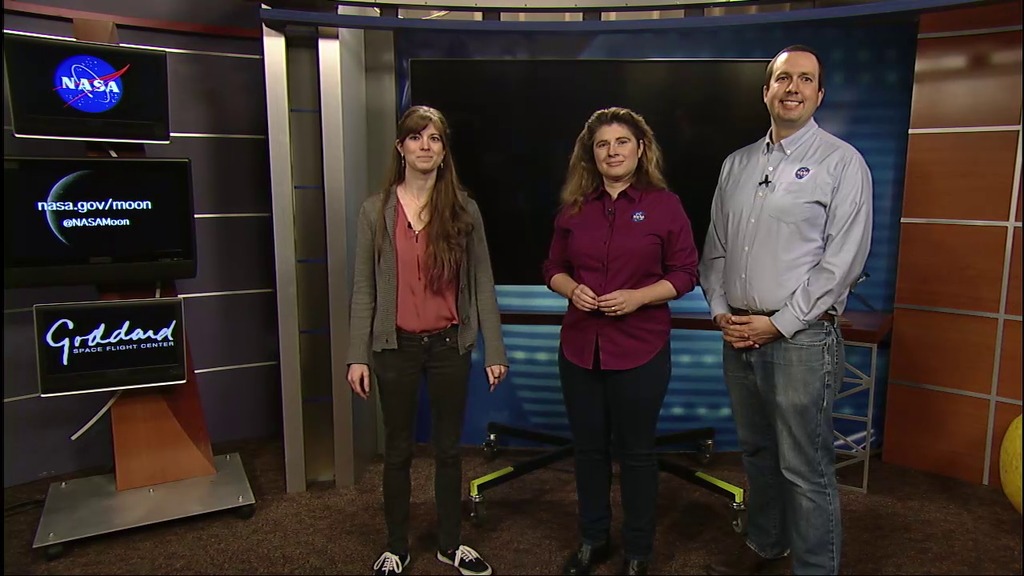Halloween Blue Moon

A still image of the two Full Moons in October of 2020, with labels.
For the first time since 2001, the Moon will be full on Halloween (October 31). And because this is the second Full Moon in October, it's also considered a Blue Moon. (It won't literally be blue, though.)
On average, the Moon is full on Halloween every 19 years, a period known as the Metonic cycle, used for centuries to construct luni-solar calendars and to calculate the date of Easter. Between 1900 and 2100, the Moon is full on Halloween (in at least one time zone) in the following years:
1906, 1925, 1944, 1955, 1974, 1993,
2001, 2020, 2039, 2058, 2077, 2096
Furthermore, these are all Blue Moons. In fact, every Halloween Full Moon is also a Blue Moon. The cycle of lunar phases (the synodic month) is 29.5 days long, plus or minus a few hours, so any Full Moon on October 31 must be preceded by a Full Moon on October 1 or 2.
Blue Moons occur about every two and a half years. The synodic month is one day shorter than the average calendar month, so it takes 30 months for the two to get back in sync. But because of the short month of February, this isn't always true. Before 2020, there were Blue Moons in both January and March of 2018. The last one before then was in July of 2015. After 2020, there are Blue Moons in August 2023, May 2026, and December 2028.
(Note that the currently popular definition of Blue Moon
isn't the only one.)
The animation on this page shows the phase and libration of the Moon during (and slightly before) October 2020, pausing at each of the two Full Moons.
An animation showing the phase and libration of the Moon during October, 2020, highlighting the two Full Moons in that month, with labels.
An animation showing the phase and libration of the Moon during October, 2020, pausing on the two Full Moons in that month, without labels. This group also contains the as-rendered HDR OpenEXR frame sequence with alpha, as well as a ProRes movie file.

A still image showing the two Full Moons in October of 2020, without labels. October 1 is on the left, October 31 on the right. This group includes an HDR OpenEXR file with alpha.
Credits
Please give credit for this item to:
NASA's Scientific Visualization Studio
-
Visualizer
- Ernie Wright (USRA)
-
Producer
- David Ladd (USRA)
-
Scientist
- Noah Petro (NASA/GSFC)
Release date
This page was originally published on Friday, October 9, 2020.
This page was last updated on Wednesday, November 15, 2023 at 12:16 AM EST.
Missions
This visualization is related to the following missions:Series
This visualization can be found in the following series:Datasets used in this visualization
-
DEM (Digital Elevation Map) [LRO: LOLA]
ID: 653 -
LROC WAC Color Mosaic (Natural Color Hapke Normalized WAC Mosaic) [Lunar Reconnaissance Orbiter: LRO Camera]
ID: 1015This natural-color global mosaic is based on the 'Hapke normalized' mosaic from LRO's wide-angle camera. The data has been gamma corrected, white balanced, and range adjusted to more closely match human vision.
See all pages that use this dataset
Note: While we identify the data sets used in these visualizations, we do not store any further details, nor the data sets themselves on our site.
